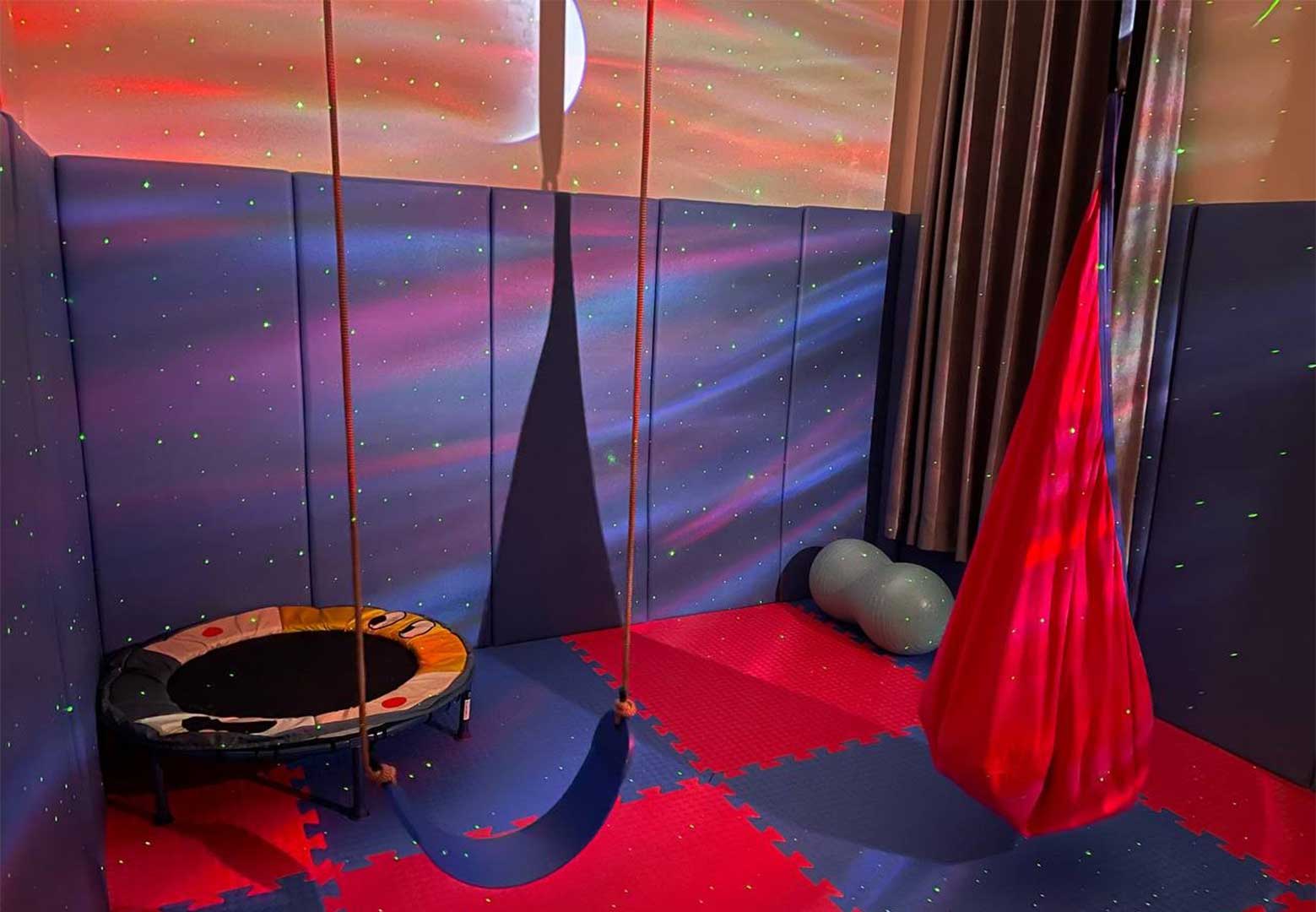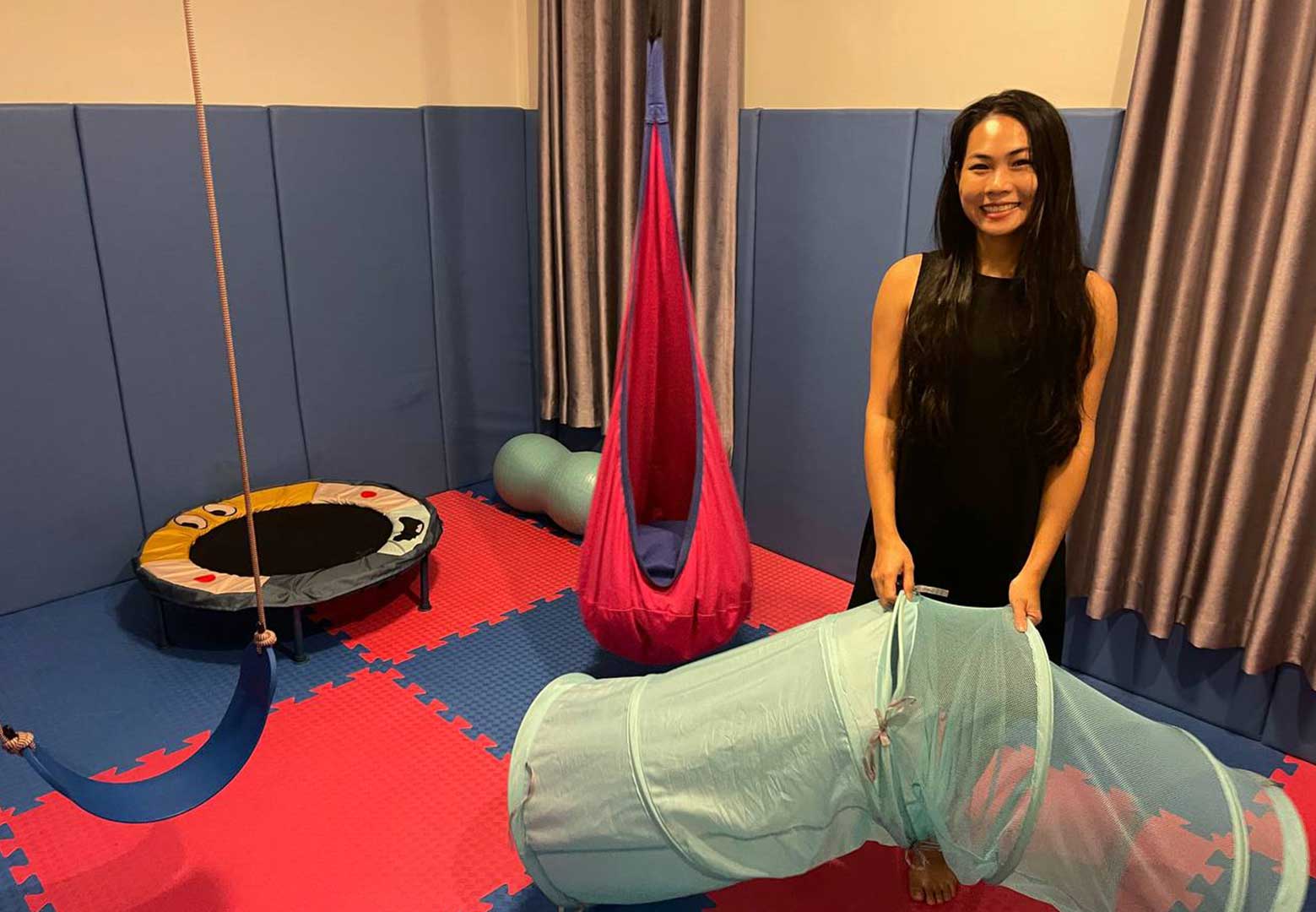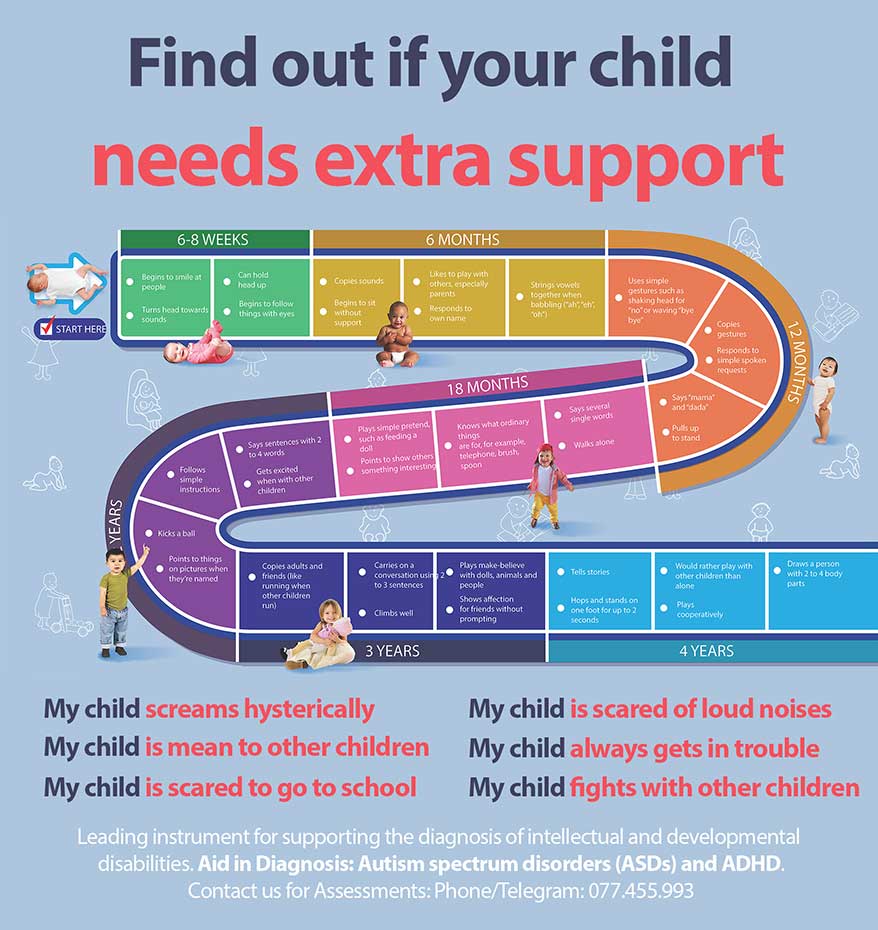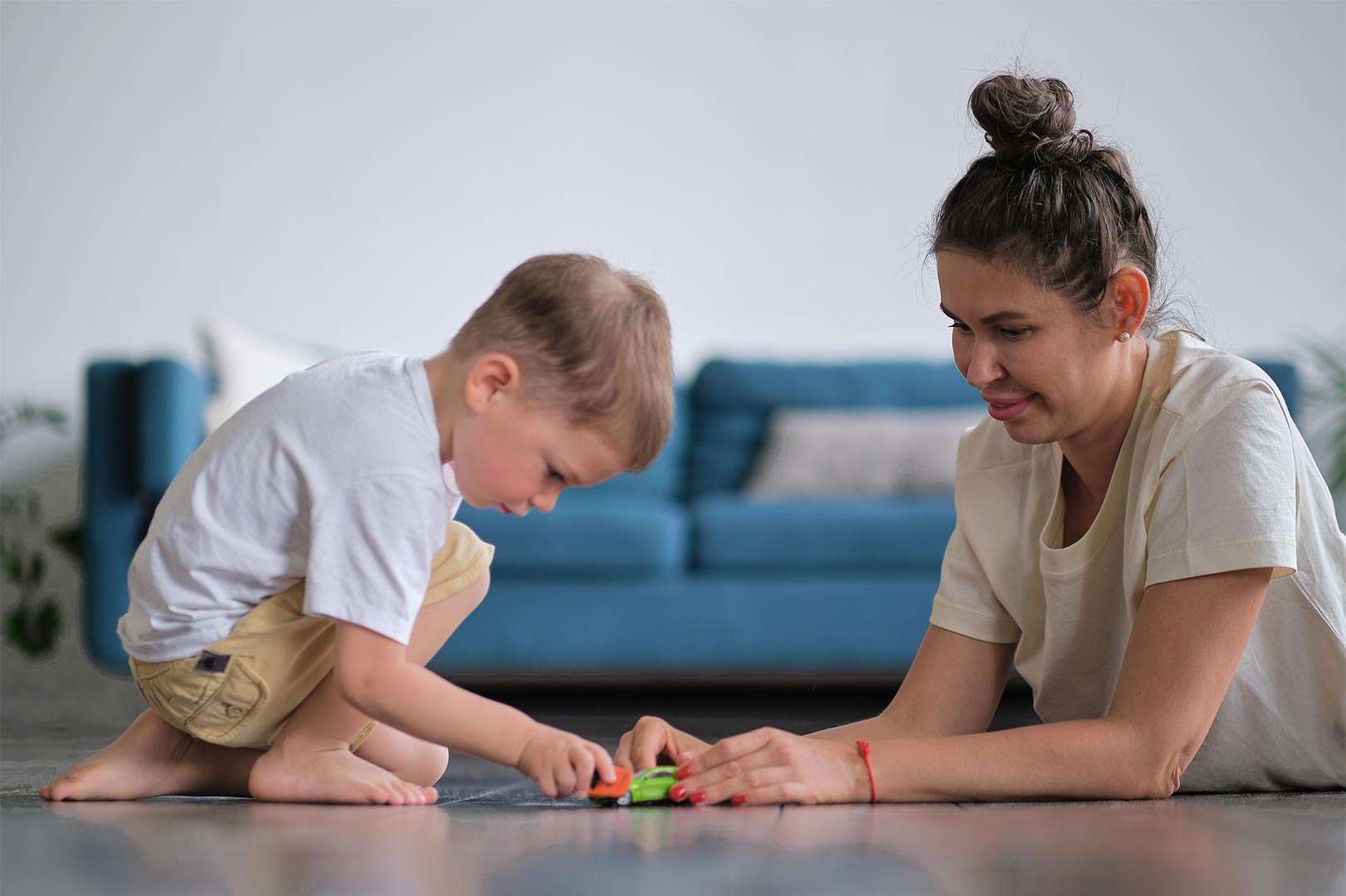Enter the sensory room. A dedicated space specifically designed to provide a calming and controlled environment, catering to diverse sensory needs. While the specific features and functionalities can vary, the overarching goal remains the same: to create a haven where students with ASD can experience self-regulation, reduce stress, and ultimately, find a sense of comfort and well-being.
Unpacking the Sensory Toolkit:
But how exactly do these rooms achieve their magic? It’s a symphony of carefully chosen elements, each playing its part in the sensory orchestra.
- Visual Delights: Dimmable lights, calming color palettes, and projected calming visuals like nature scenes or slow-moving patterns can offer visual comfort and reduce overwhelm.
- Tactile Exploration: Soft textures, weighted blankets, and fidget toys provide opportunities for proprioceptive input, grounding the body and promoting a sense of calm.
- Auditory Escape: Noise-cancelling headphones, soothing music, or nature soundscapes can offer respite from distracting noises, facilitating focus and relaxation.
- Movement Matters: Crash mats, trampolines, or vestibular swings provide avenues for movement and proprioceptive input, helping to release energy and regulate sensory processing.

The Evidence Whispers:
While research on the specific impact of sensory rooms is ongoing, several studies suggest promising benefits:
- Improved Mood and Regulation: Studies indicate that utilizing sensory rooms can lead to decreased anxiety and stress, while promoting feelings of calmness and relaxation.
- Enhanced Sensory Processing: Controlled sensory input can provide opportunities for individuals with ASD to learn healthy coping mechanisms for managing sensory overload.
- Academic Advantages: Reduced distractions and improved self-regulation can translate into enhanced focus and concentration, potentially leading to improved academic performance.
A Symphony of Considerations:
However, it’s essential to remember that sensory rooms are not a one-size-fits-all solution. Individual preferences and needs vary greatly within the ASD community. What works for one student might not be effective for another. Careful planning, personalization, and ongoing assessment are crucial for maximizing the benefit of these spaces.
Beyond the Room Walls:
Ultimately, the effectiveness of sensory rooms extends beyond the four walls of the designated space. Integrating sensory strategies into the classroom and fostering a sensory-aware environment throughout the school can further complement the benefits of dedicated sensory rooms.
The journey of supporting students with ASD is a continual exploration. Sensory rooms, with their carefully curated blend of elements, offer a promising avenue for fostering self-regulation, reducing stress, and creating a safe haven for learning and growth. While further research is needed to fully understand their long-term impact, the initial whispers of evidence suggest that sensory rooms might well be playing a harmonious tune in the symphony of supporting students with ASD.
Find out if your child needs extra support today!
- My child screams hysterically
- My child is mean to other children
- My child is always worried
- My child is scared to go to school
- My child is scared of loud noises
- My child doesn’t know how to read
- My child is scared to play outside
- My child does not respond to his name
- My child always gets in trouble
- My child fights with other children
- My child doesn’t know how to count
If you are concerned about your child’s development, contact us for Assessments: Phone/Telegram: 077.455.993 – Telegram Link: https://t.me/OrbRom
If you are concerned about your child’s development, contact us for Assessments.
Phone/Telegram: 077.455.993 Link: https://t.me/OrbRom






Leave A Comment